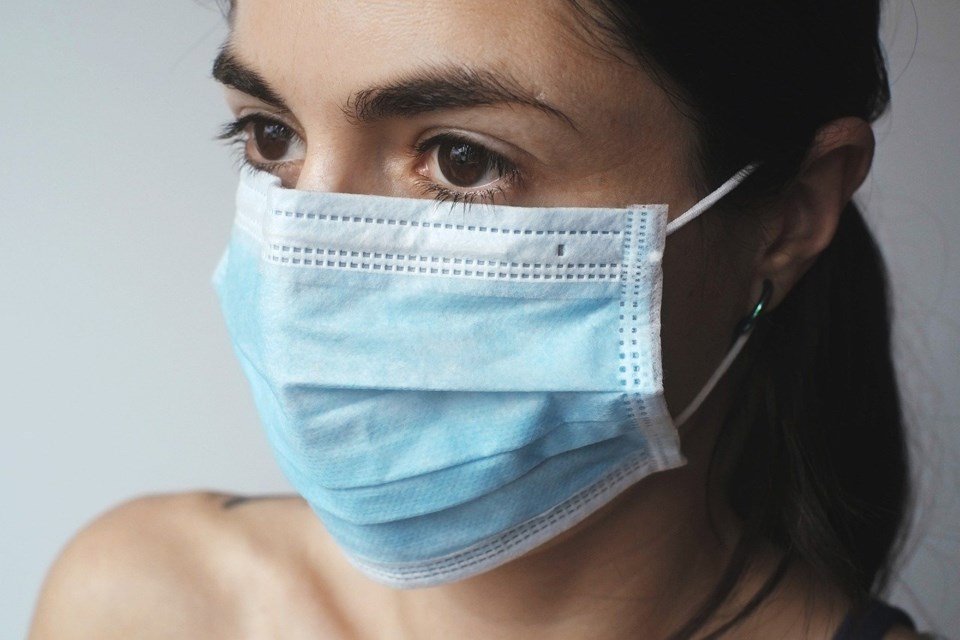EAST CENTRAL — The North East School Division (NESD) is opening schools in September, with level two of the Safe Schools Plan— which includes the use of masks.
Masks will be required for all students in Grades 9 to 12 in high traffic areas and wherever two meter physical distancing is not possible.
“Grade 9 to 12 students, the science would say they transmit the virus just as effectively as adults do,” said Don Rempel, the NESD’s director of education, adding their policy on masks was created with consultation from the local health authority.
“Last spring, we weren’t talking about masks a lot. Across Canada, and across the world, we’re seeing it’s an effective mitigation against the virus in instances where physical distancing isn’t possible.”
The NESD strongly recommends that students in Grades 4 to 8 wear a mask in high traffic areas and all other areas where two meter distancing is not possible.
Students in pre-k to Grade 3 will be encouraged, but not required, to wear masks while in school or on buses.
“The rate of transmission from younger children is less, also the use of a mask might be problematic for young children. Certainly if they are able to safely put on and take off a mask and they are comfortable through the day it’s encouraged, but it’s not strongly recommended.”
Grades 4 to 12 students are required to wear a mask on school buses unless not able to do so safely.
All staff members are also required to wear masks on buses and when working within a school facility when physical distancing of two meter cannot be maintained.
Parents and guardians are encouraged to purchase or construct reusable masks for their children, and wash them according to appropriate guidelines.
The school division will supply disposable non-medical masks as needed.
In addition to masks, all washrooms and staffrooms will have signage to teach and support proper handwashing, and hand sanitizer will be located as appropriate throughout each school.
Schools may list personal hand sanitizer, disinfecting wipes (CMO standard, unscented, 70 per cent), and disposable tissues as optional on students’ supply lists for personal use.
“There is the ability to monitor the rate of transmission in our communities locally and consult with health,” Rempel said. “If we wanted to move to smaller cohorts of students coming to school every day, at level three, we can move to that.”
Remote learning will be in place for families who are immune-compromised or don’t feel safe with current precautions.
“There are immune-compromised individuals in some households where parents are going to make that choice for safety reasons and have their students attend school, certainly we’re going to support those. And certainly there are other parents, safe to say, who just have a lot of anxiety and they want to see what the school plan is and they want to test the comfort with school startups.”




